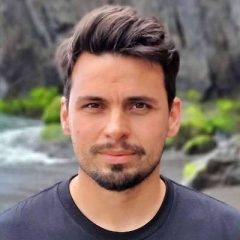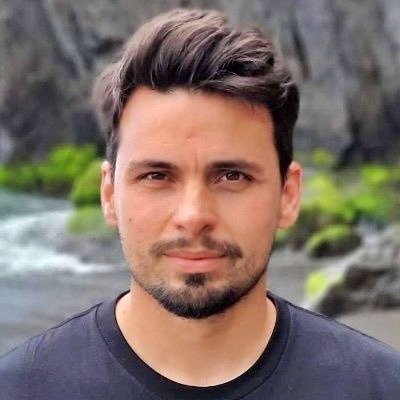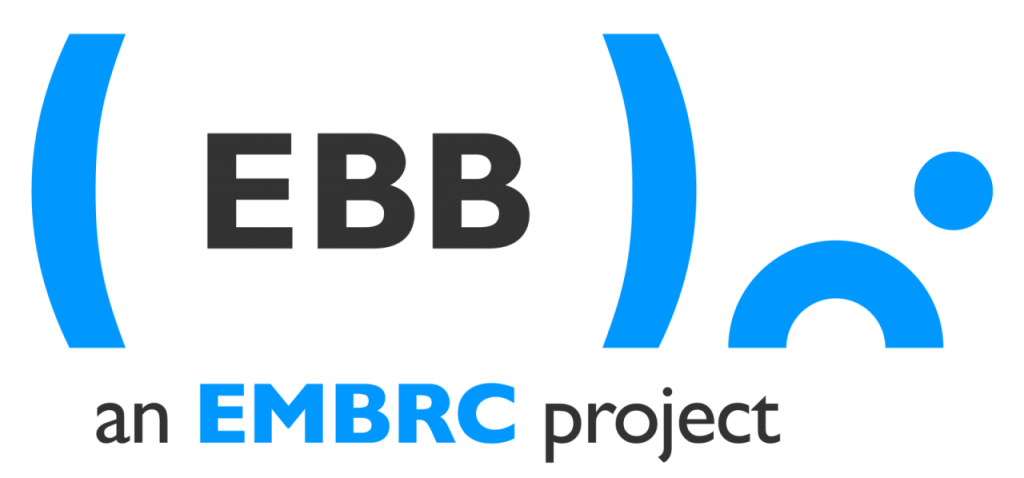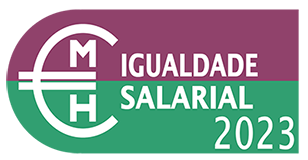

Group Leader
Pedro Leão is Principal Investigator and ERA Chair Holder in Blue Biotechnology and Bioengineering at CIIMAR, where he leads the Research Line in Marine Biotechnology and is the head of the Research Group “Cyanobacterial Natural Products”. He graduated in Biochemistry from the University of Porto in 2005 and went on to receive his MSc (2006) and PhD (2010) degrees from the same university. He undertook postdoctoral studies at CIIMAR, Scripps Institution of Oceanography and Harvard University. He became an “FCT Investigator” in 2015 and started his group at CIIMAR in 2018 after receiving an ERC Starting Grant. His research focuses on the chemistry, biosynthesis and chemical ecology of cyanobacterial natural products.








